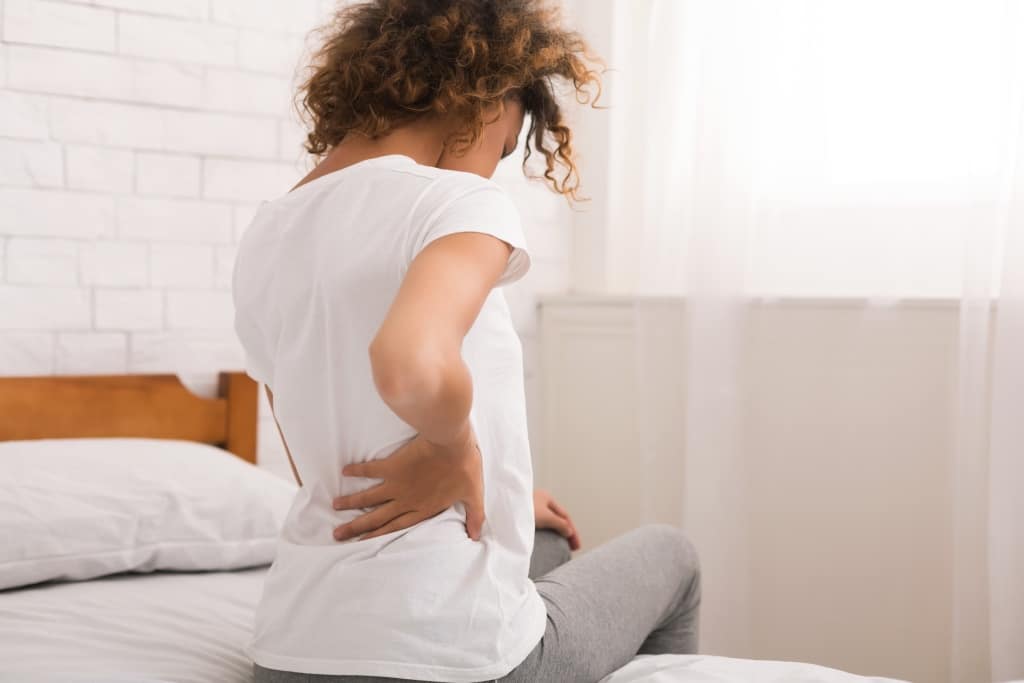
Have you ever considered Pilates for scoliosis relief? I discovered how supportive this type of movement can be more than a decade ago when I took my first Pilates class, well before I ever became a teacher or created Lindywell!
I was diagnosed with scoliosis in high school. We discovered that I have an S-curve in my mid-thoracic spine—the mid-upper section of my back. While it didn’t significantly worsen over the years, I did develop a lot of pain in my shoulder, neck, and jaw as a result of muscular and postural imbalances from one side to the other and TMJ from my jaw being out of alignment.
Pilates has greatly (greatly!) reduced my pain. The consistent practice of getting back into alignment and rebalancing my body has been key to living with this diagnosis with less pain.
If you’re struggling with pain or discomfort from a curvature in your back, you’ve come to the right place. Let’s dig into how you can lean on Pilates for scoliosis relief.
Please note the information provided in this article should not be used for diagnosing or treating scoliosis. Always seek the advice of your doctor or another qualified health provider regarding a medical condition.

What You Need to Know About Scoliosis
Scoliosis is an abnormal rotation and curvature of the spine. It can manifest in the cervical (neck), thoracic (upper back), or lumbar (lower back) regions. As I shared earlier, my scoliosis created an S curve in my spine but was luckily not severe enough for surgery or a brace.
Although posture does not cause scoliosis, this condition can affect how you stand or move. For example, a few common signs include:
- Uneven hips or shoulders
- A significant curve in the back
- Forward jutting ribs
- Bump in the lumbar area
- Sideways lean
- Trouble walking
If you feel pain, numbness, and a lack of balance or coordination in your legs, this could point to scoliosis as well.
It’s important to note that mild forms of scoliosis are easy to overlook. In fact, some of my past clients had scoliosis without realizing it. As they did a Roll-Down, I noticed a hunch or lift on one side of their back, indicating they might have a curve in their spine. Sure enough, they were diagnosed after seeing a doctor.
If you notice any of the signs and symptoms mentioned above, we encourage you to see a doctor. With a diagnosis, you can understand how to best manage the pain and find support.
How Pilates Can Alleviate Scoliosis Pain
I’ve experienced pain from my scoliosis ever since I was diagnosed in high school. Mild and serious cases of scoliosis can exert pressure on the nerves and muscles which connect to your spine. This can be uncomfortable or disruptive to your life. In fact, those with scoliosis are highly prone to suffer from chronic musculoskeletal low-back pain.
Orthotic treatments, such as braces, can relieve some of that pressure, but another intervention can also support, in addition to, or in some cases, instead of, a brace. It’s effective, low-impact, and gentle on the body. I’m talking (of, course!) about Pilates, which has been a game-changer for my diagnosis.
Here are a few of the ways Pilates can provide pain relief for you as it has for me:
- Pilates uses intentional and controlled movements to lengthen the muscles, bring flexibility into the spine, and stabilize the core. Not only does this promote balance, strength, and flexibility, but a strong, stable core reduces pressure on the spine. This can help alleviate back pain and increase mobility.
- Muscle elongation plays a role in scoliosis relief too. Performing an exercise that stretches and lengthens your muscles (and fascia) can ease stiffness or compression in the vertebrae joints. This, in turn, can help relieve any chronic or acute neck, shoulder, back, and pelvic tension you might experience.
- Pilates has been found to gently correct balance and postural alignment issues, which is just one more way to alleviate pain and support your body through scoliosis.
I have more rotation in one direction compared to the other and one of my shoulders is higher than the other. The rotational and side-strengthening movements in Pilates help to balance that out.
In extreme cases, there’s only so much relief that Pilates can provide, but if your scoliosis is either mild or moderate, Pilates for scoliosis relief can be a great option. This type of movement can help you build and maintain a functional range of motion while relieving pain, tension, and discomfort.
How to Practice Pilates with Scoliosis
I know what you’re thinking: I’m ready for relief now. I get it, I’ve been there—and some days, I’m still there. That’s why I want to share a few strategies you can use to make the most of Pilates for scoliosis whenever you step on your mat.
Remember that doing Pilates once or twice will likely not give you the relief you’re looking for. While I still have occasional discomfort, it’s mild, and that’s only because I continually do Pilates to balance my body and build strength on both sides.
This is why a Lindywell membership can be so powerful. With workouts that range from 10 to 30 minutes, it’s easier to make time for your movement each day. If you’re not a member, sign up for your free 14-day trial and start with a workout like Total Body Alignment. If you’re already a member log in to push play on your next workout!
Here are a few ways to make your Pilates workouts most effective for reducing pain and supporting your scoliosis.
Don’t force a painful movement—allow for modifications.
Move gently through your Pilates session and listen to your own body. We always say this at Lindywell, but it’s even more important for you. If a certain movement causes pain, a joint or muscle group is tense, or you notice restriction in a particular area, be mindful of this.
It’s your practice. This means I want you to listen to your body and scale back on the resistance or modify an exercise so that it feels more comfortable. In most Lindywell workouts, we offer modifications to make this easier for you.
Stay connected to your core.
We always say your core is at the heart of ours. That’s because the connection to your core is so important, in life and Pilates. This is especially true if you’re struggling with back pain or discomfort. This helps take the pressure off your spine and allows your core to support your body exactly the way it’s supposed to. This also helps you build greater core strength, which will support your scoliosis off the mat too.
Tune into our recent podcast episode, Abs, Core, and Pelvic Floor: What You Need to Know to See Progress, to learn more about this area of your body.
Focus on intentional breathing.
Pilates and breathwork are closely intertwined. Each movement can be made more effective (and in some cases, easier!) when you coordinate with the rhythmic flow of breathing. We start most Lindywell workouts with a moment to connect to the body and breath.
If you can hold this awareness throughout the entire workout, you’ll not only make it more effective, but you’ll also help your body relieve even more stress and tension.
A Routine to Support Your Body
Get a sense of how Pilates can provide relief for your scoliosis with this restorative workout. In just 10 minutes, you’ll stretch your body, practice intentional breathing, and build strength. It’s a perfect example of what you can expect from every Pilates workout with Lindywell.
Try Pilates for scoliosis Relief
If you’re ready to get the full experience, start your free trial of Lindywell today! We have more than 250 online Pilates workouts for all fitness and experience levels, taught by certified instructors, and founded by me, Robin, someone who’s managed a scoliosis diagnosis for nearly 25 years.
Each routine is built to develop strength, increase mobility, restore balance, realign posture, and boost flexibility—often in just 15 minutes or less. This means you can use Pilates for scoliosis relief without adding a time-consuming task to your to-do list—a win-win!



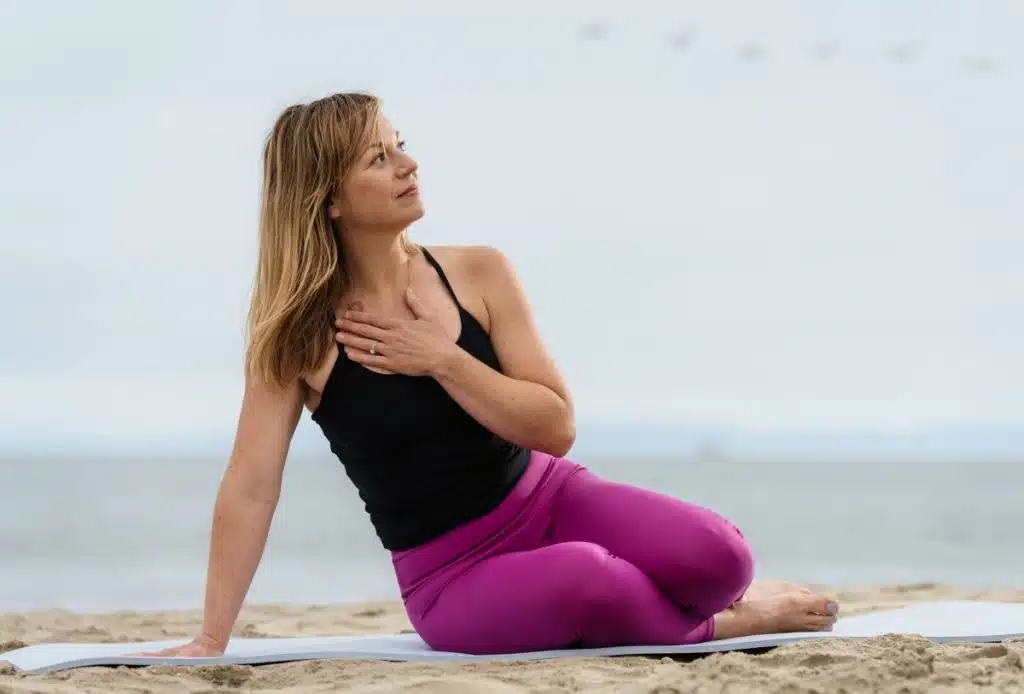
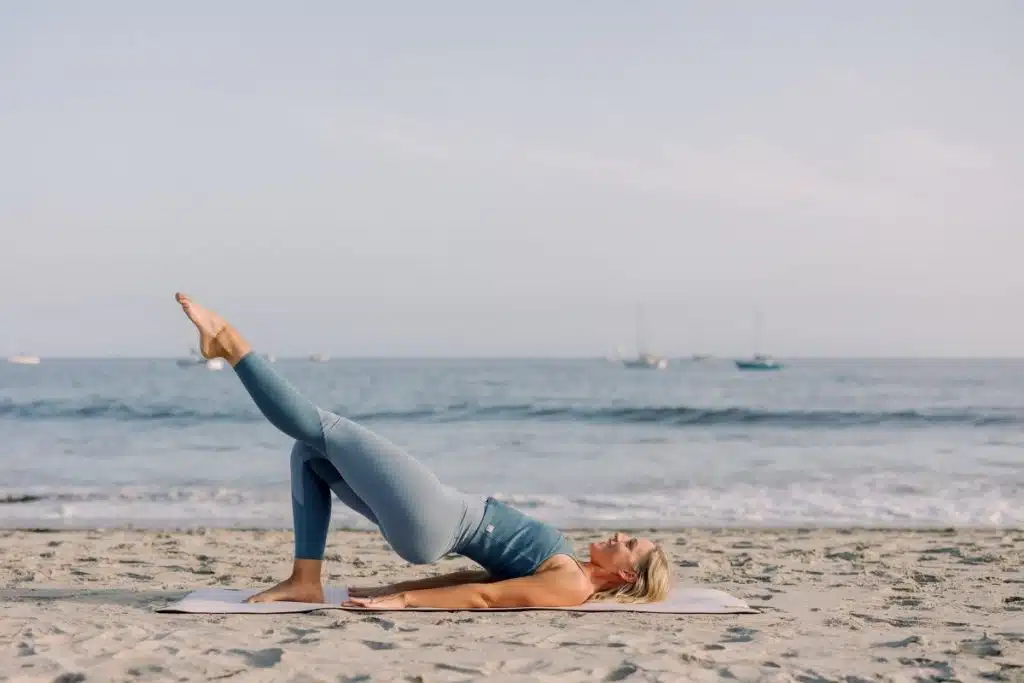
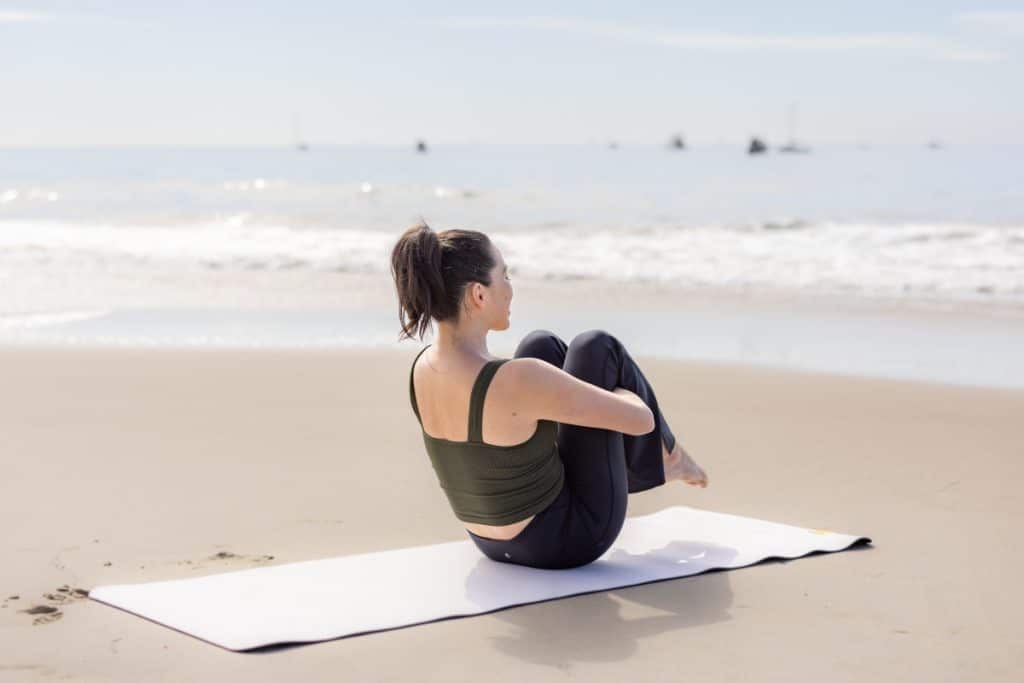




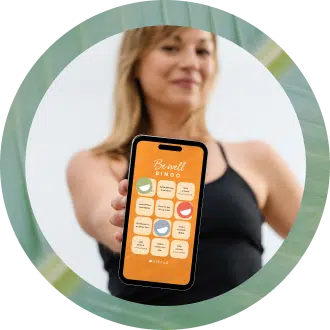
2 thoughts on “<strong>Pilates for Scoliosis: How to Find Relief with Movement</strong>”
Thank you for the information on the benefits of Pilates for those of us struggling with scoliosis. I was recently diagnosed and have struggled with alignment issues, TMJ, lower back pain and poor posture for many years.
I have been getting on my mat with Robin for over 3 years now and I have noticed that my core strength has improved my overall health and fitness.
Thank you for helping me to see the importance of consistent Pilates workouts in order to gain control over my alignment issues and pain.
Thank you so much for sharing the impact that Pilates and Lindywell has had for you. We are so thankful that you are a part of the Lindywell community and we are cheering you on, Ann Marie!